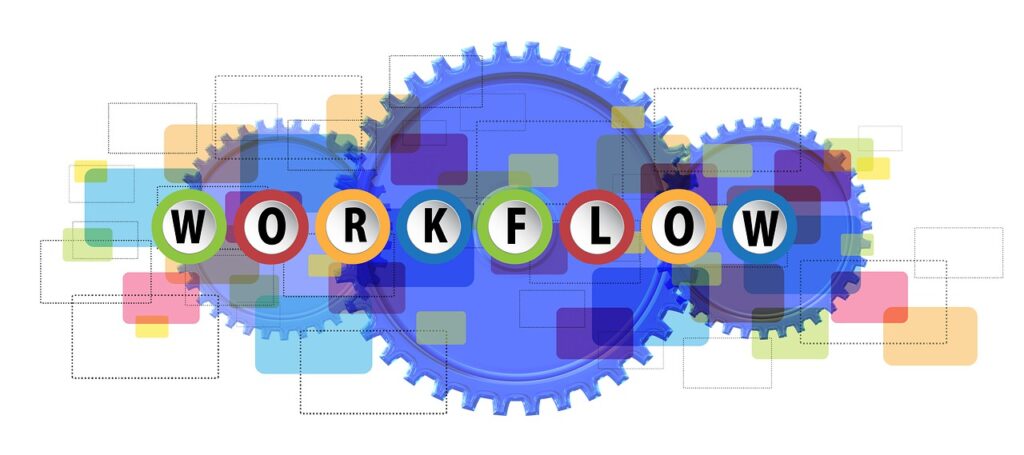To understand Machine Learning Algorithm, it is very essential for technical and non-technical stakeholders to understand Machine learning workflow to be familiar with the job of a data scientist, the processes a data scientist follows to provide feedback to decision-makers and the machine learning process in a business environment.
Goals of Machine Learning Workflow
Machine Learning Workflow derive answers to business challenges, it derives meaningful conclusions for complicated issues and identify actionable steps with a given set of variables.
Steps of Machine Learning Workflow

Step 1 – Get more data
- Data can be collected in different formats.
- Investigate a business challenge.
- The quality of the model depends upon the quality and quantity of the data gathered.
Step 2 – Ask a sharp question
- Need for a sharp question
- It is direct and specific.
- It focuses on a single topic.
- It helps you get a clear answer to the questions.
- It focuses on the exact need and requirements.
Using sharp question help us get relevant information. Data Scientist takes the raw data and feeds it into a database in a systematic format for further investigation. An example of a sharp question is to study different tables of data in the database and analyze the company’s monthly sales performances and understand how the company is doing in terms of its market share and analyze the historical data and predict the stock price for a future date.
Stap 3 – Add the data to the table
Organizing the data in the table.
- Data Analyst takes out the raw data and feeds it into the database in tabular format, so that the raw data can be arranged in a systematic manner.
- The systematic arrangement of data fosters a more detailed investigation defined the answer to the question.
- Data is stored in the tables in the form of Columns and rows.
- Table Columns represent data of a single type and rows represent records pertaining to one entity.
- Aggregate the table data by counting the total observations in the table and combining data from multiple tables to answer the particular question. This process is also known as Data Analysis.
Data analysis is the process of implementing each data component, so that useful information findings can be identified from historical data. Data Analysis is mainly focuses on the aggregating table data to find the answers to business problems and it’s also performed by data analysts to build machine learning algorithm.
Step 4 – Check for Quality
After the data computation and analysis, we need to: –
- Determine if the data is acceptable for further investigation.
- For any algorithm to read data from a column properly the data columns should be in a consistent format.
Step 5 – Transform Features
- Feature Engineering: – Enables you to make sense out of the data, especially when there are multiple features. Helps overcome challenges where some features may not give useful information for the model, whereas some features may be combined to derive meaningful information.
- Tricks of Feature Engineering
- Data Specific – Scale-invariant Feature Transform (SFIT): Images. Term Frequency-inverse Document Frequency (TF-IDF): Text.
- Domain-Specific – Econometric, technological, agricultural, and sociological data engineering.
- Deep Learning: Images, text, and audio data engineering.
Step 6 – Answer the question
- Helps to analyze if the obtained answers are clear.
- Types of questions
- How much or how many
- Which category
- Which group
- Does this look strange
- Which action
Step 7 – Use the answer
- There are plenty of ways to use the answers derived from the previous step.
- Making up decision
- Proposing the price of an item
- Publishing the results obtained as a part of a research paper.
- Constructing a dashboard on Power BI.
- Making changes to product features.
For more information, please go to Kd nuggets.

Fine way of describing, and pleasant piece of writing to get data regarding my presentation subject,
which i am going to convey in institution of higher education.